“..I dream my limbs and head are the five rivers that make fertile
the land of my ancestors. I dream about wild music,
about longing, about an end to thirst…”Faisal Mohyuddin
The Pakistani Punjab
The Pakistani Punjab, or West Punjab as it’s often known as, though it’s the main chunk of partitioned Punjab which includes the Capital of the whole Province (Lahore). (Punjab means The Land of The Five Waters in Persian – The rivers being: Jhelum, Sutlej, Ravi, Chenab and Beas – all being tributaries of The Mighty Indus). I’ve written about it before a few times and this will probably be my last article on my Reportage of the very few parts I’ve visited, until my next adventure.
These photographs were shot with a Konica Minolta Maxxum 7D in November of 2022. I had two camera bodies; The Maxxum 7D and a Maxxum 7 35mm SLR, I shot a partial roll of Film through the 7 but the results were very much as you see here, as they were of the same subjects, so I thought it best for the sake of simplicity to stick to one of the cameras.
My family hails from this part of The Punjab and I have a house with some land left to me by my Father, in a small remote Village which lies about 8 Miles from the nearest Town (Sarai Alamgir by The River Jhelum or Hydaspes where Alexander the great defeated Poros) and about 20 Miles from the Indian border. It lies on the Bhimber Road which branches off from the Mirpur Road, which springs from The Grand Trunk Road (Which Kipling wrote about in Kim, built by Sher-Shah Suri in C16th) following The Upper Jhelum Canal, until it veers off in an Easterly direction until it crosses The Border to the town of Bhimber in Kashmir. A few miles before the border it passes by a line of small villages which nestle the northern side of The Pabbi Jungal National Park.
Up The Bhimber Road from The Hydaspes
The road winds through rural fields owned by Jatt’s; a Punjabi landowner class, Jatt being a caste mainly amongst Sikhs and Muslims. Dotted amongst these fields are copses and hillocks, along with small forested streams and patches of wilderness; the abode of Jackals, Mongoose, Wild Boar, Porcupine, many varieties of snake and scorpion, birdlife galore and other fauna. These patches were once part of the now protected National Park which is but 100 yards from my house. The Road follows a waterway, as most roads do – The River Jabba Khas, which eventually joins the Jhelum downstream. You can ford the River in most months, or use the small bridges which cross it. In the Months of Savan and Bhadol it rains a lot, being the Monsoon, and the River will fill and flow in torrents; a dangerous time where it’s perilous to cross without using one of the Bridges to reach the Villages on the Northern side (some of those Villages, especially near the border are quite dangerous after dark, with Dacoitry (Banditry) once being common – it’s died down in recent years but I have to be careful not to return from a far off jaunt after sunset, the lonely roads are forested and Dacoits sometimes, like Dick Turpin, can stop a lone car, motorbike or truck and demand “Your money or your life”! Fingers crossed I’ve never had any problems, must be the fact that I’m always dressed like a tramp.
On the right you’ll see a Lane running into a village, by the side of the lane you’ll see a giant Banyan Tree, Banyan trees being sacred in the Sub Continent and they usually guard crossroads and Cemeteries. This one stands like a sentinel; over the resting place of villagers from centuries back. There’s a mystical feel about the tree; in hot weather it’s always cool under it’s branches and many pillared of trunks. I’ve spent many an hour, like The Buddah (who was enlightened under a Banyan tree) sitting under it, feeling at peace, even though next to me there’s an unmarked tomb of someone, it looks as if the owner was someone important, but nobody knows who. Some greybeards say he was a soldier who, many many years ago, came critically injured seeking help and the villagers honoured him after he passed away, though they didn’t know his name.
Exploring The Village and Pabbi National Park
The lane then runs through some fields of wheat and millet, before it transforms into very narrow almost medieval streets, cobbled and winding, which I follow around and through, past the small village Mosque and up until a side street turns into a lane and arrives at my front door; the house standing on the edge of the village, by a lane which follows the outside wall then down into farmers fields, past an Orchard of mango then ending abruptly as it then becomes a path in the wilderness of the Pabbi National Park. You can see the Park from my rooftop; where I sit, stand, smoke, walk, even sleep! I often watch the Villagers from my high place; as they live, work, play and go about their lives. Look North and Eastwards towards the Himalayan Foothills – Kashmir, on very clear crisp days you can see the snow capped high peaks of the Himalayas proper – The Pir Panjal sub range which hides the Vale of kahsmir and Srinagar beyond it.
At night it’s beautiful; I stand with my binoculars stargazing and looking at The Milky Way, and listening to the sounds of the night. Jackals usually approach at sunset; howling like Banshees, then suddenly silent. Dogs bark and howl and speak to one another. I noticed that I can hear the barks and howls of a dog in a far off village, as he finishes his song, the dog sitting in the lane gets up and answers, he then goes silent as a dog in another distant village answers – thus it goes on for about half an hour until they all silently settle down to sleep, leaving the night to the bats as they dive and flit overhead, the screech of an owl and the occasional night bird, interrupted at times by roaming Jackals and the sound of livestock.
During the day I climb the ridges and trek up into the Pabbi, high vantage points are great for photography, some of the hillocks dotting the fields are great for capturing people toiling in the fields, or taking goats to pasture. I often watch the Feral cats who live in the abandoned house behind ours. Fascinating watching them climb, prowl, hunt and scavenge then return home. I often throw food out for them which they take, but they’re unfriendly and wild; get too close and they can attack, though they just watch me. One in particular; a Tortoiseshell I find especially interesting, I often see her watching me as I go for a walk at night, down towards the path, it feels as if somebody is watching me, and as I turn I see her there, sitting on some rocks, or amongst some bushes, with keen glowing yellow eyes. She the vanishes like a ghost. I never go into the Forest or climb the ridges after dark. I guess it’s because living amongst a Superstitious folk one tends to become superstitious. The Forest and dark hills are the abode of tree spirits, Elementals, fairies, Djinn and other things such as The Churel – a demon in female form who calls to you in a familiar voice then leads you to your death.
I enjoy my walk through the village, meeting friendly neighbours and villagers, many whom I do not know, who look at me in a friendly yet curious manner – “Who’s this Westerner with his Trekking pants, brimmed hat and Camera?” I always end up with my friend who runs a food shop on the Bhimber Road.
Into Sarai Alamgir on Motorbike takes about half an hour or so, there I very seldom take a trip across the Old Victorian Railway bridge, into the large City of Jhelum, where you’ll experience the hustle and bustle of a Subcontinental City – with heat, dust, motor Rickshaws, the sound of car horns and such. I prefer to explore the wilderness and the rural country near my village. Along The Jabba Khas one see’s all manner of things; Egrets, Dragonflies and silent flowing water, with the sounds of Crickets and the cries of exotic birds. Birds of Prey are often to be seen high above, gliding and soaring on air currents, I remember seeing some huge Vultures devouring the carcass of a dead animal once, a shame I never had a camera on me at the time. The last time I was there I looked for Scorpions and found two snake skins; freshly shed by a couple, who people say transform into men and women; lovers in both lives.
The other thing I love doing is travelling by Train; Wide gauge 5′ 6″, on large carriages on which I always meet the most fascinating and interesting of people; from young wide eyed Sindhis from the far South going North to Rawalpindi and beyond to Peshawar and The Khyber Pass, to locals visiting relatives or office workers and merchants clad in suits bypassing road traffic by using this grand mode of transport. The stations harken back to the Raj, and unlike in India they’re still as they were 100 years and more ago.
The Camera and Lenses
My camera has caught some of the flavour and the life.
I must say the Konica Minolta Maxxum 7D served me well. I had it set on ISO 400 for a long while before I realized, hence some photos lack contrast and are quite noisy.

This is a fair weather camera, shoot in RAW at ISO 100 – 200 and it’s lovely and clean. Open the files up in Light Room and you’ll be able to lift a great deal from the files.
The issue with this is the White Balance, it’s sometimes a bit ‘wrong’. After shooting the Olympus E-1 with it’s gorgeous Kodak CCD, coming back to these photos after 2 and a half years, they’re not as pleasing outside of the primary colors. The difficult conditions somewhat confused the WB and the palette. In hindsight I should’ve used a UV Filter and/or a Polarizer as there was a lot of haze on some days and they would’ve helped saturate the colours increase contrast and deal with other issues. Skin tones also suffer, the camera is fine with dark, very dark or light to very light skin, but medium brown skin looks almost yellow and sickly.
The lenses I used were the 24mm f2.8, 50mm f1.4 and 70-210mm f4 Beercan. The Beercan was great for people and animals. It’s a bit slow and focus can be hit and miss but the results are good. It’s a good long lens on APSC.
I shall return in November, where me and a Welsh friend will start our journey in the huge port City of Karachi and explore the Indus upstream, along with the remnants of The Indus Valley Civilization and the Shrines of Saints, in the footsteps of Alexander The Great into The North. I shall take my Olympus E-1, Minolta a-9 and a tiny little Balda CA35 Viewfinder camera which I bought for Street photography and quick snaps, plus my Casio ZR800 (both little ones will always be with me).


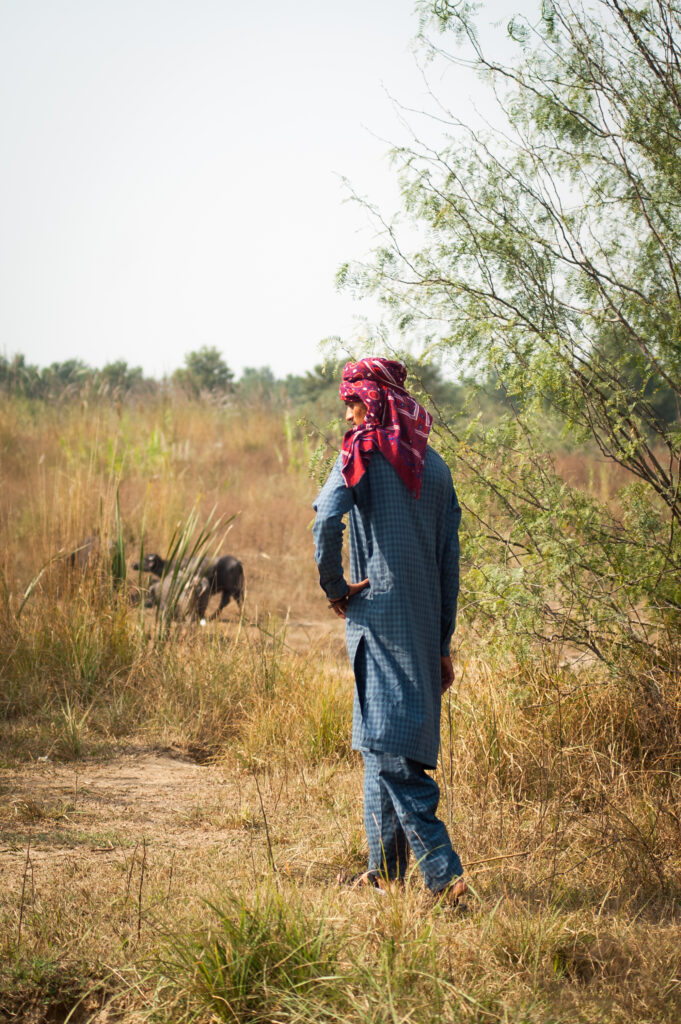
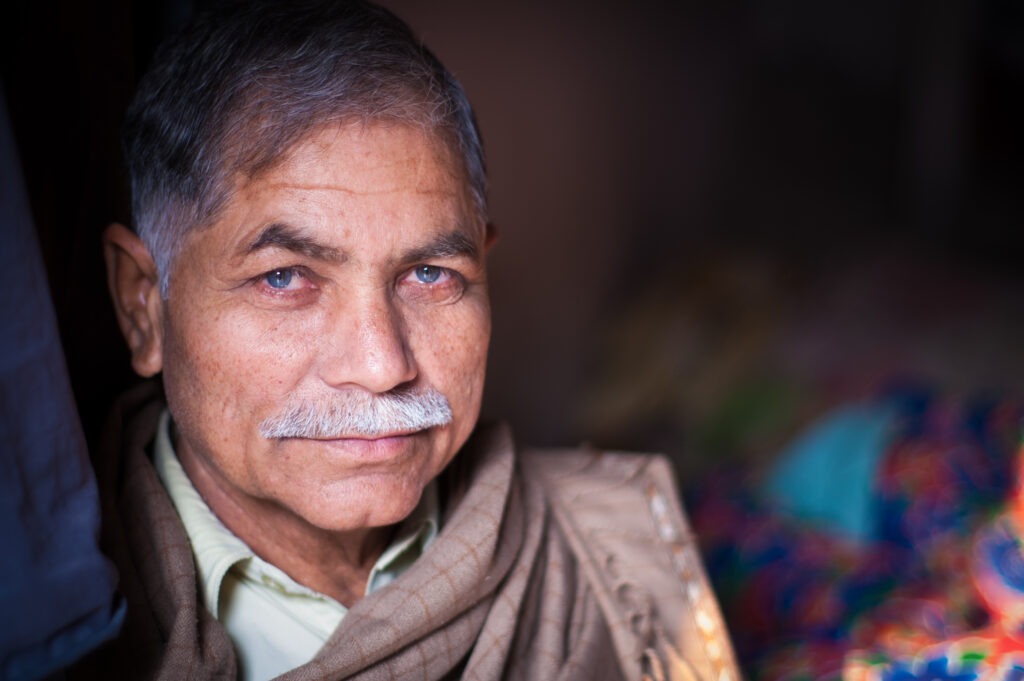









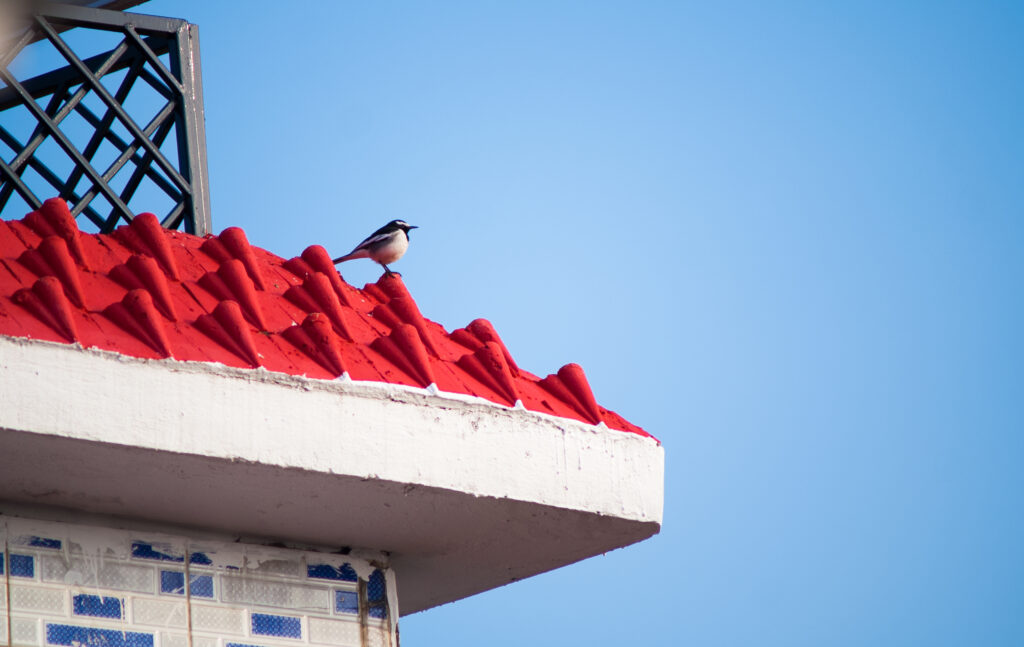

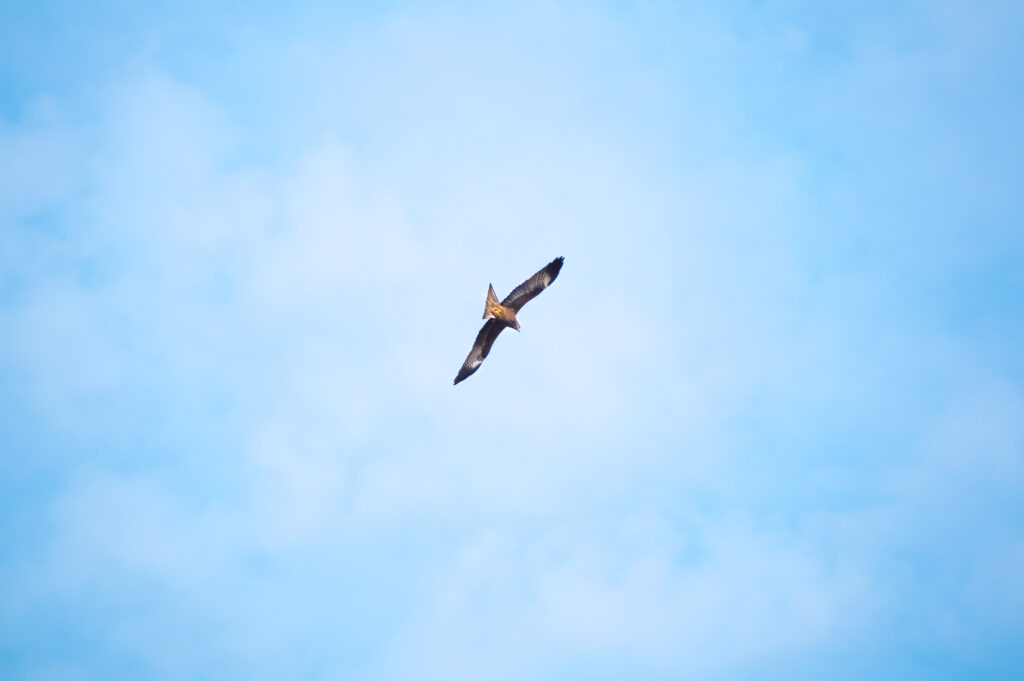
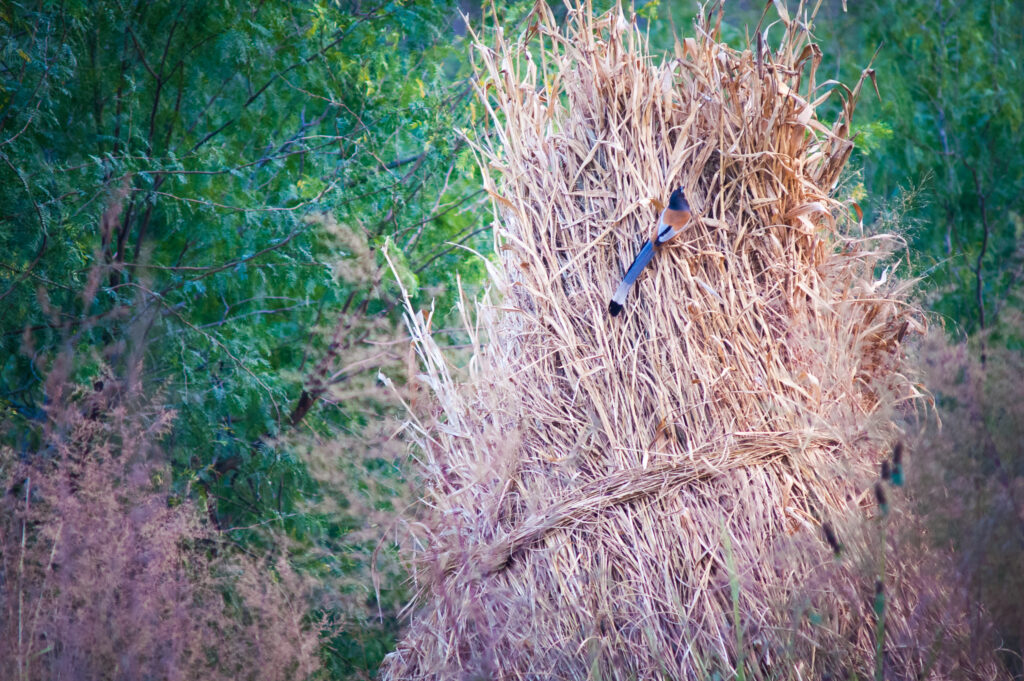
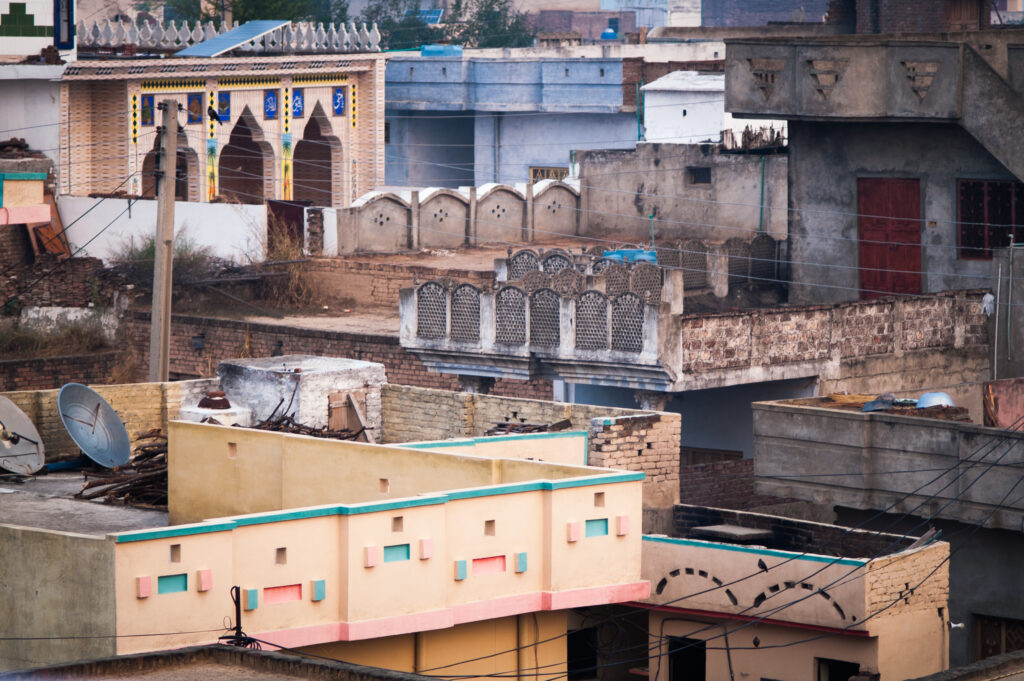

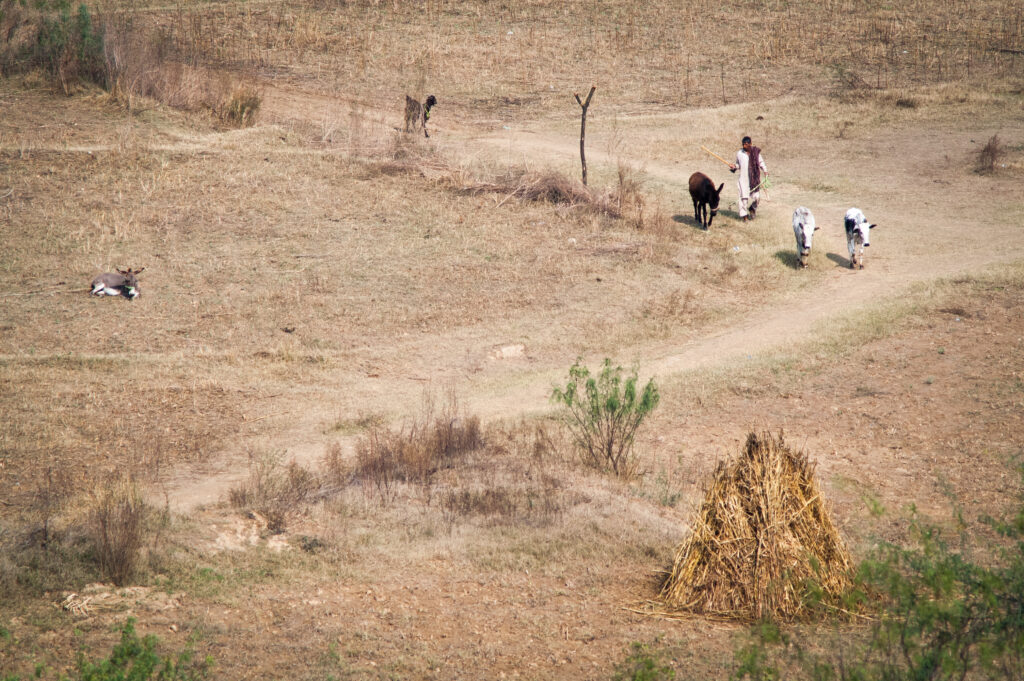
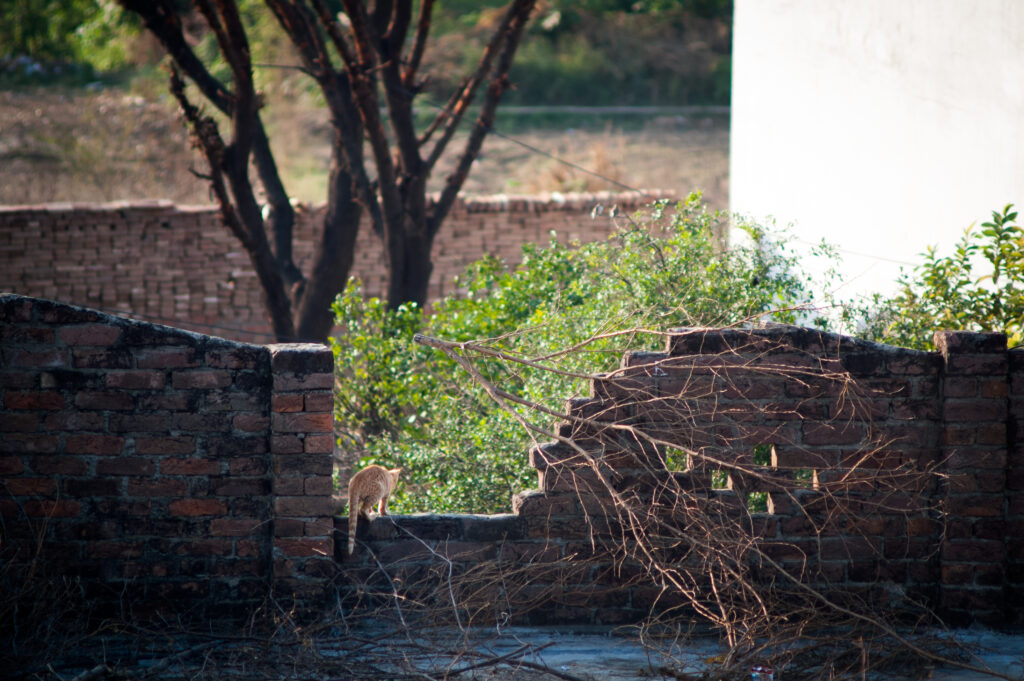
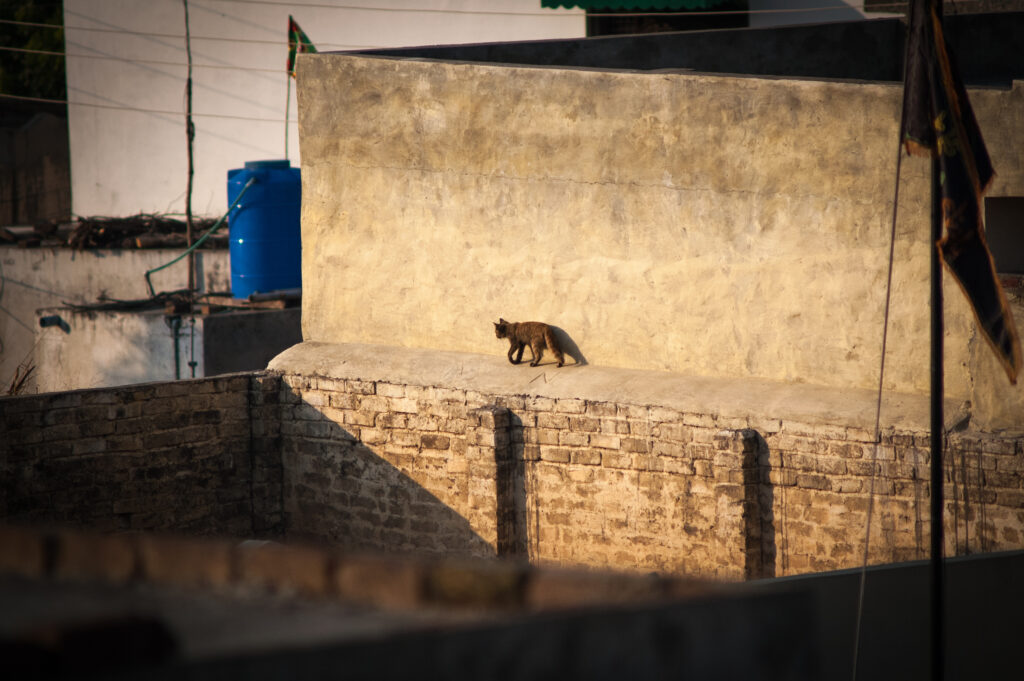



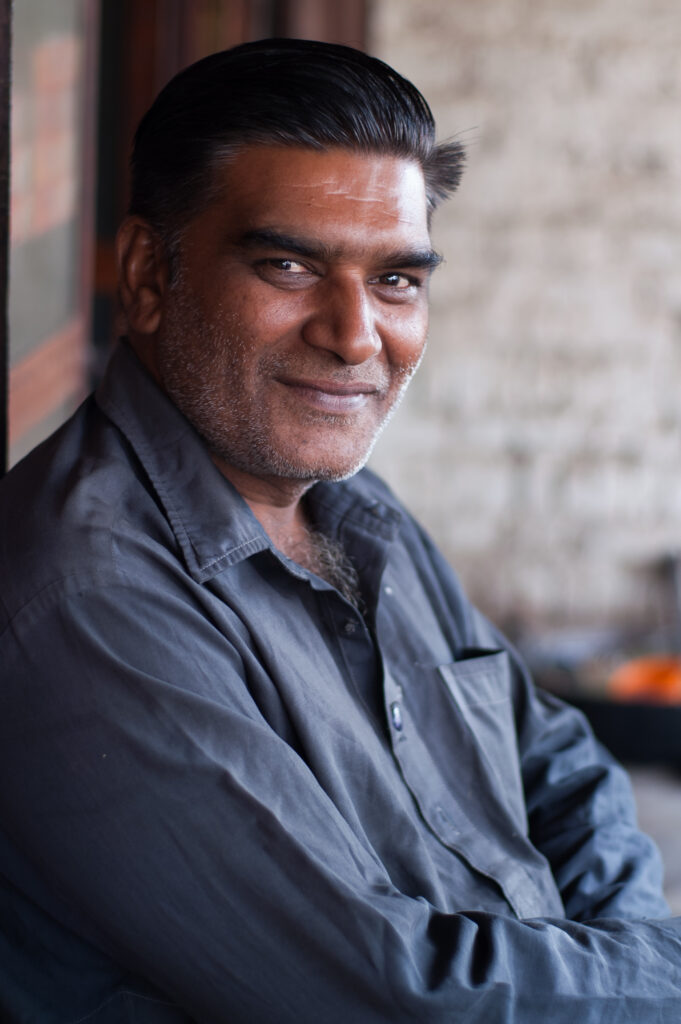

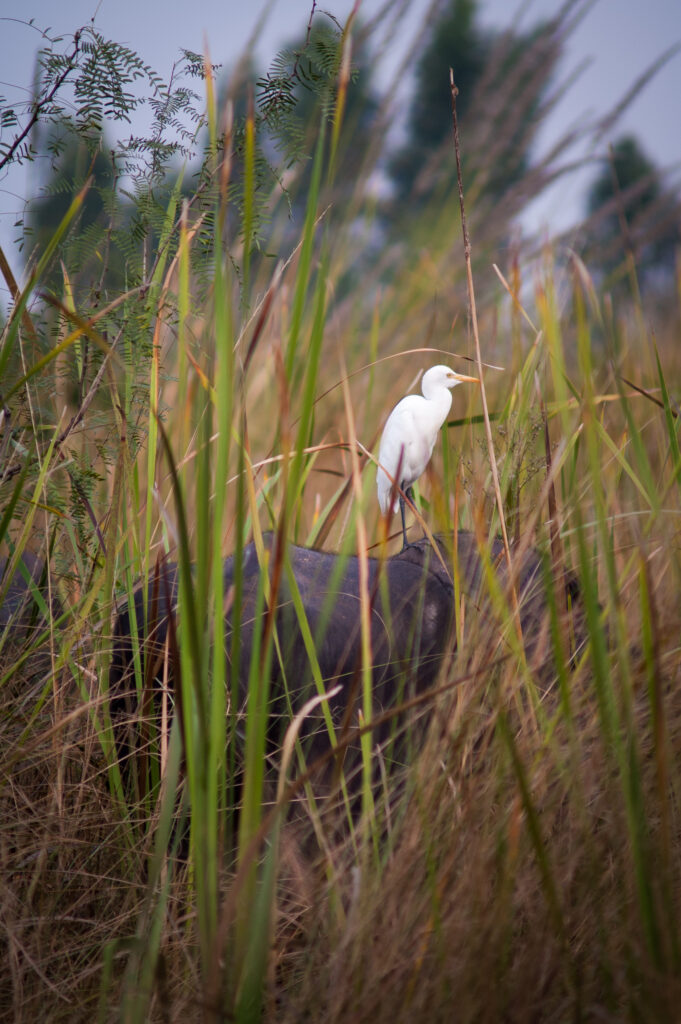



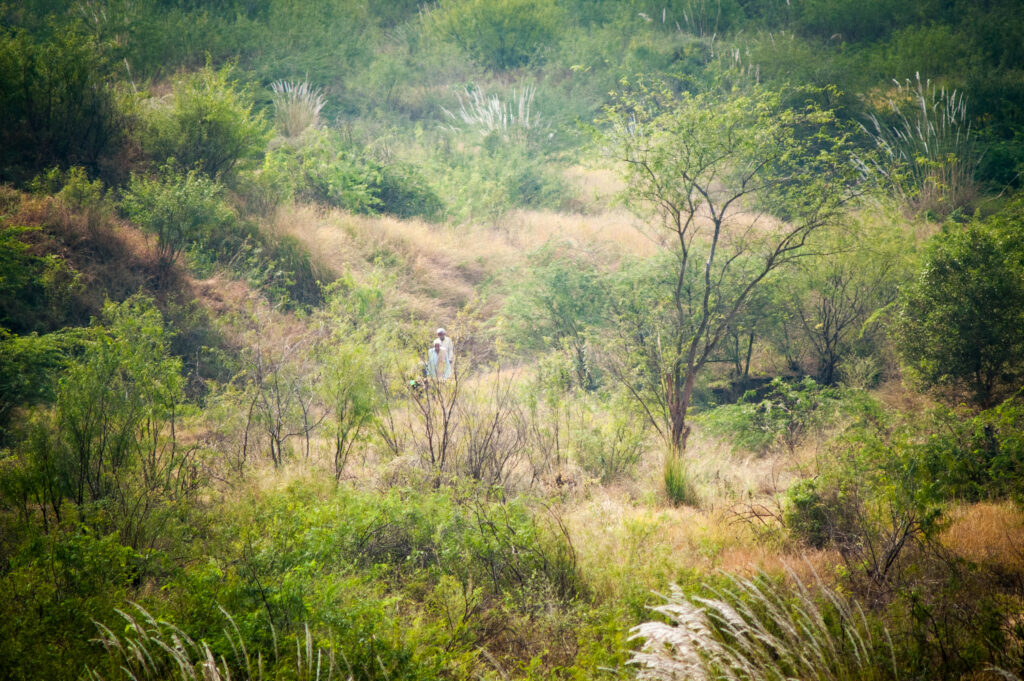

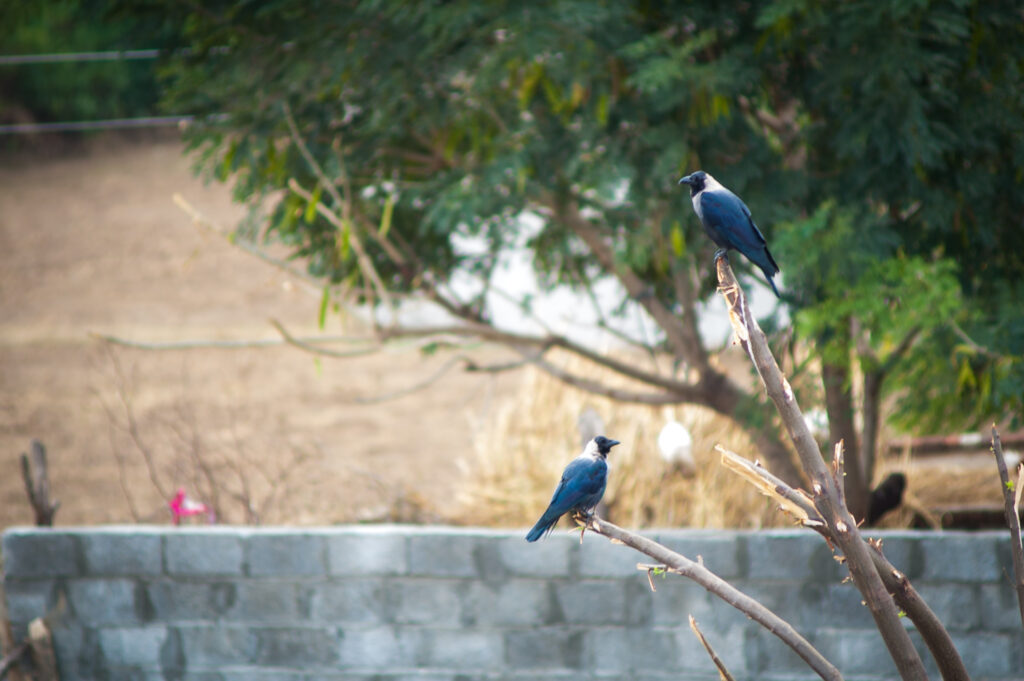
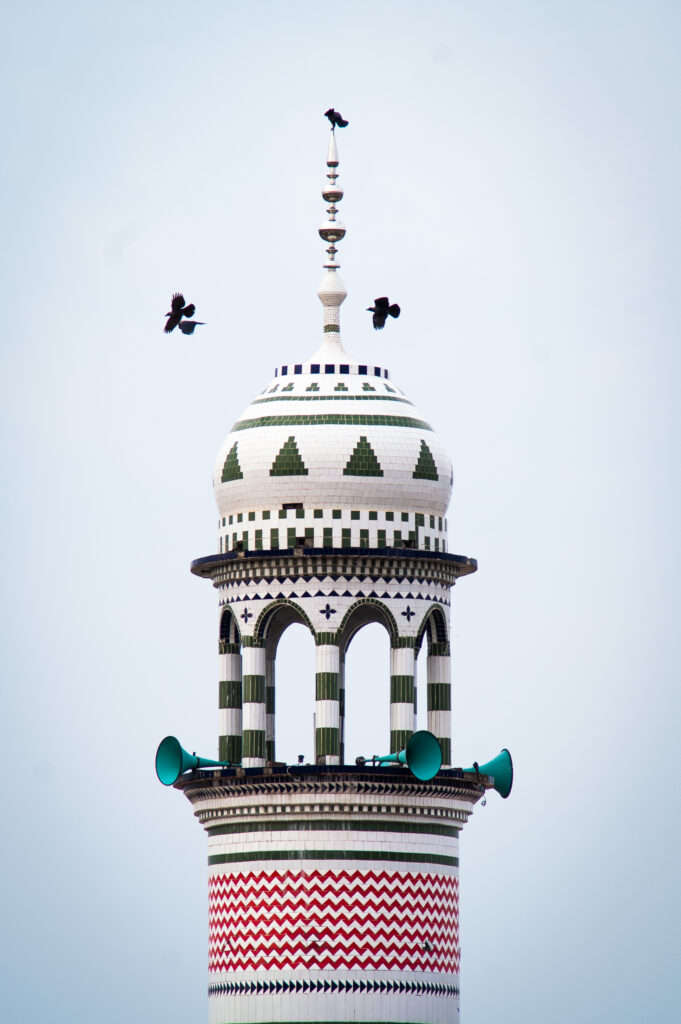

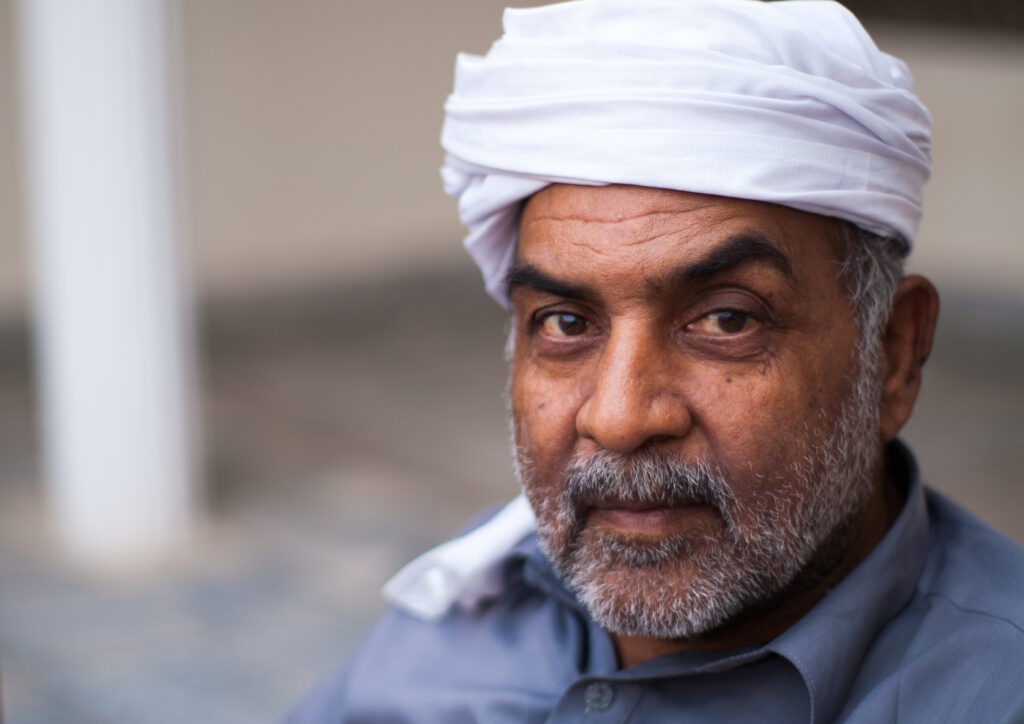
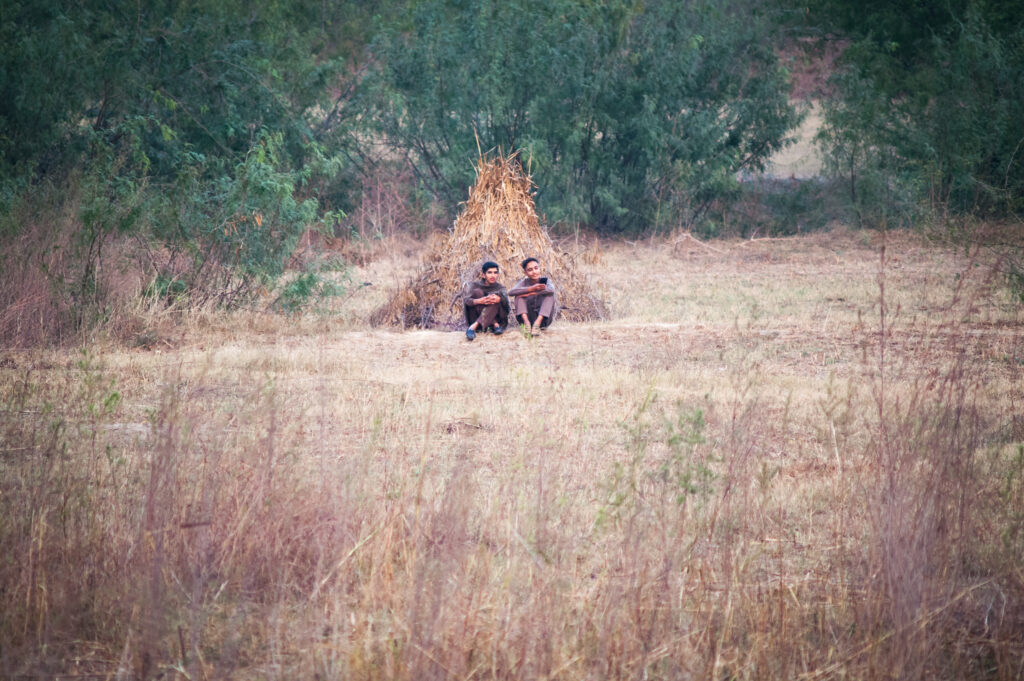



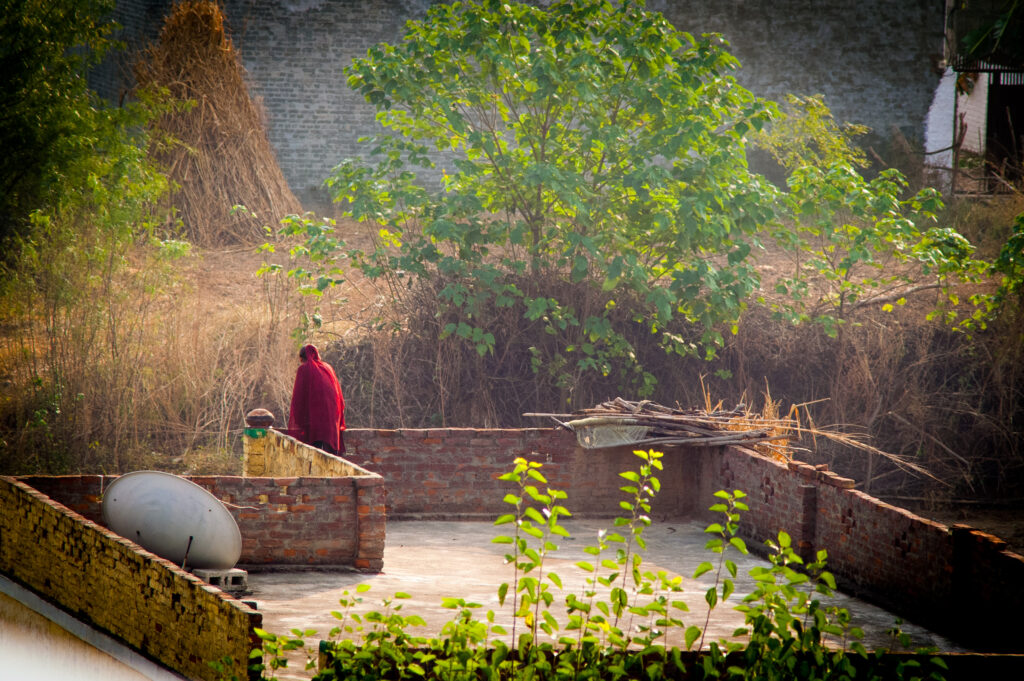



Share this post:
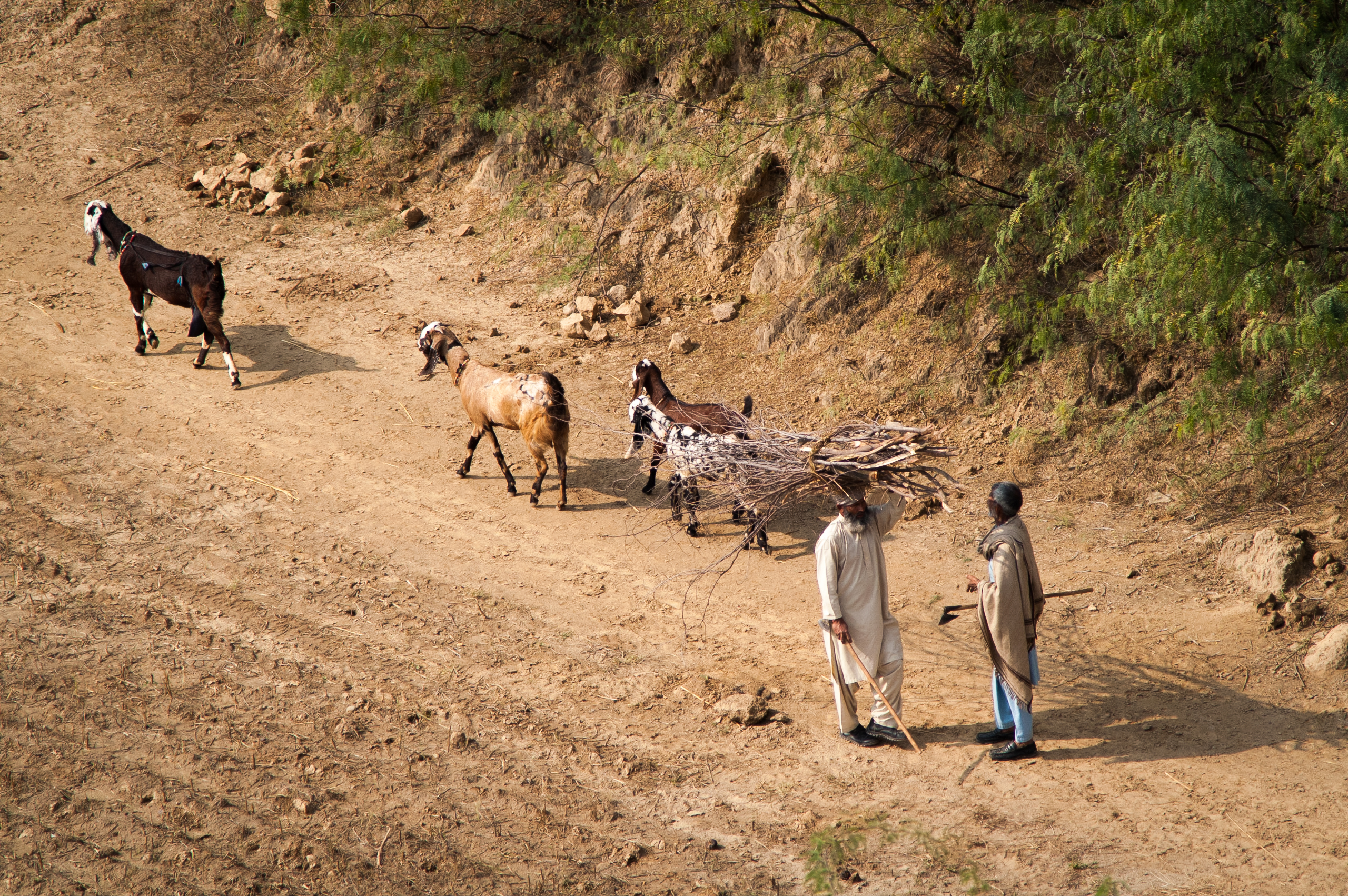
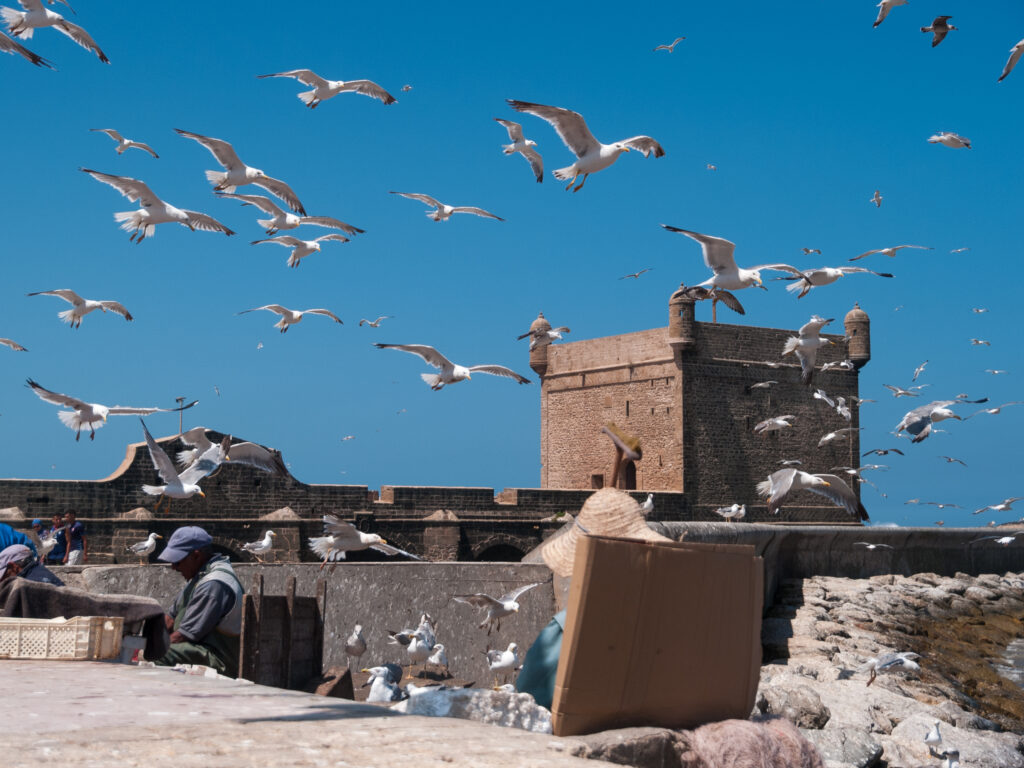

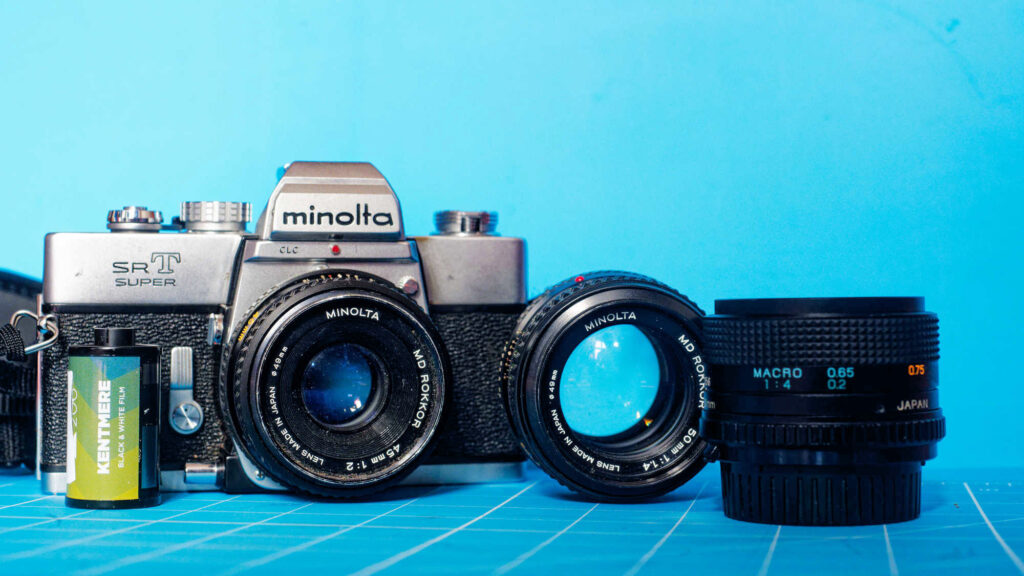
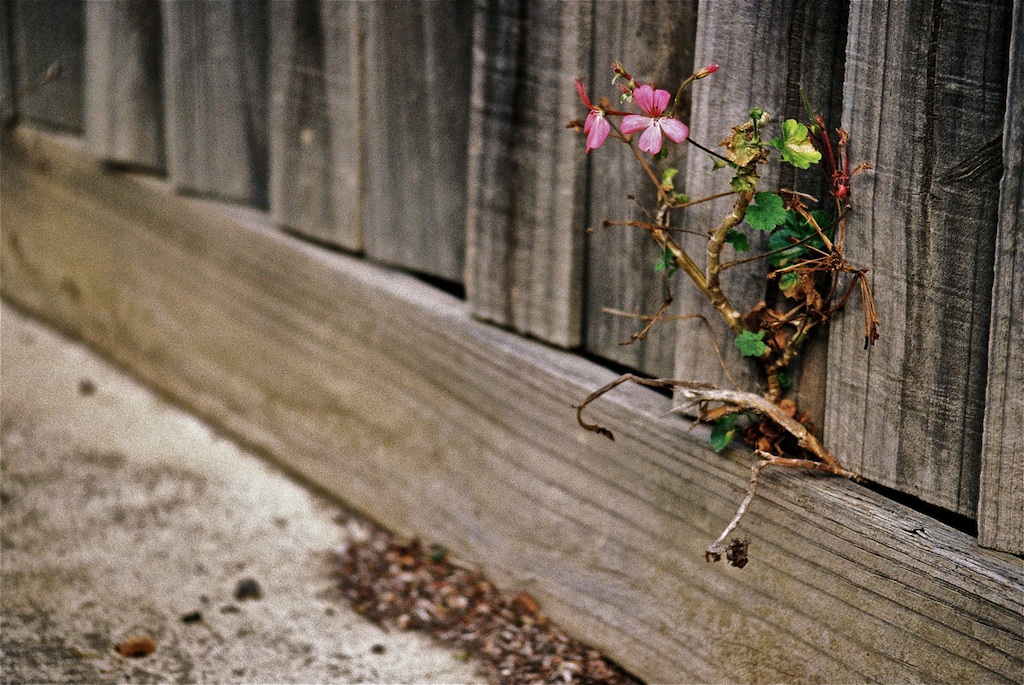
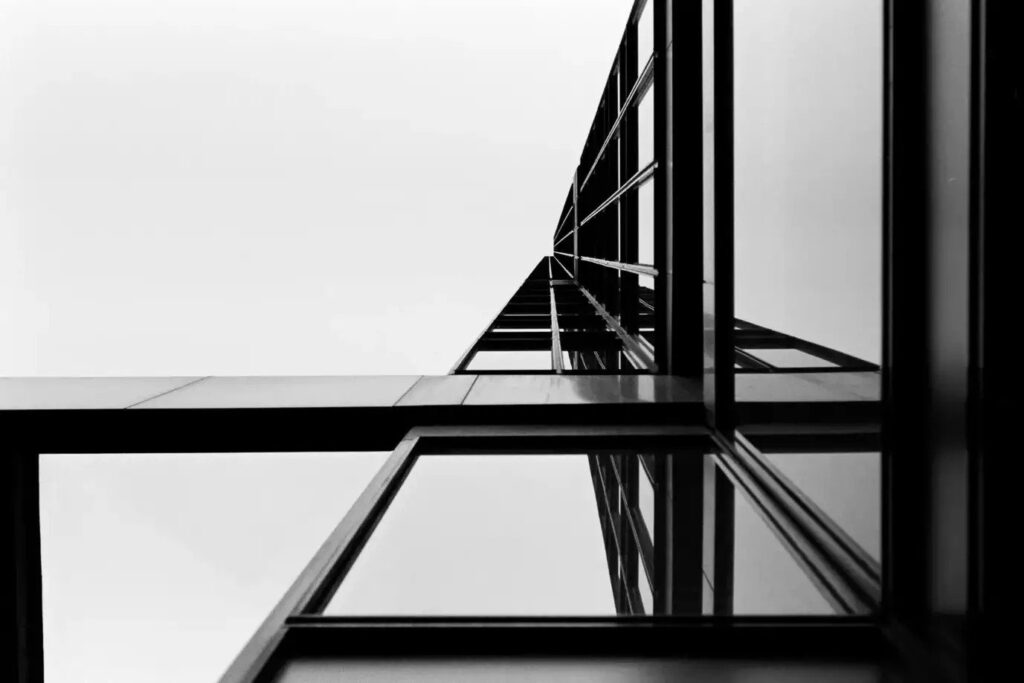
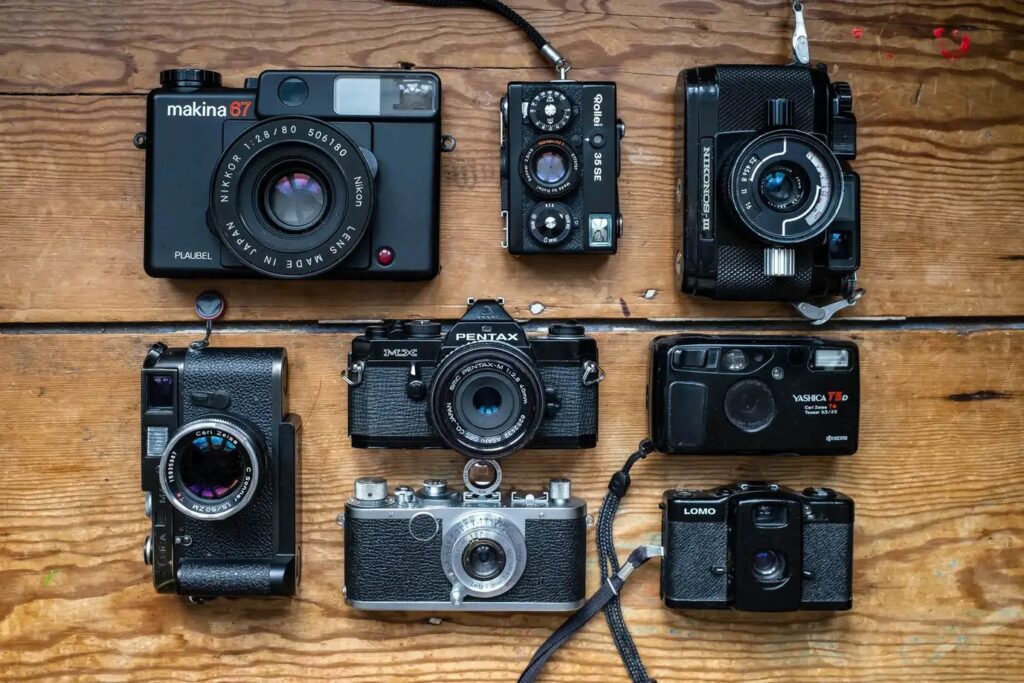
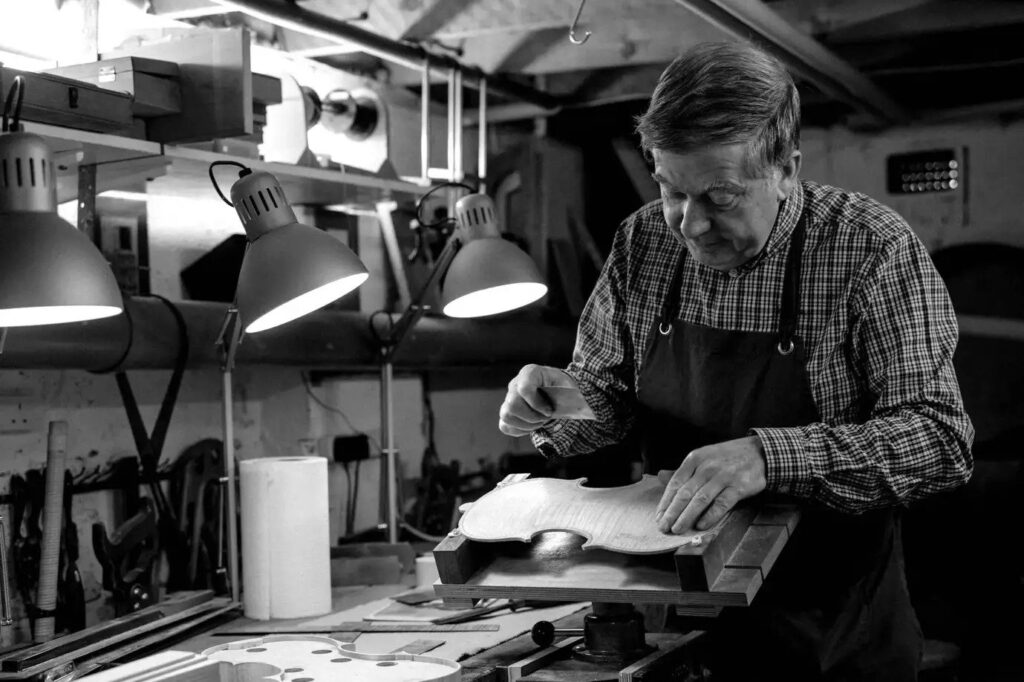
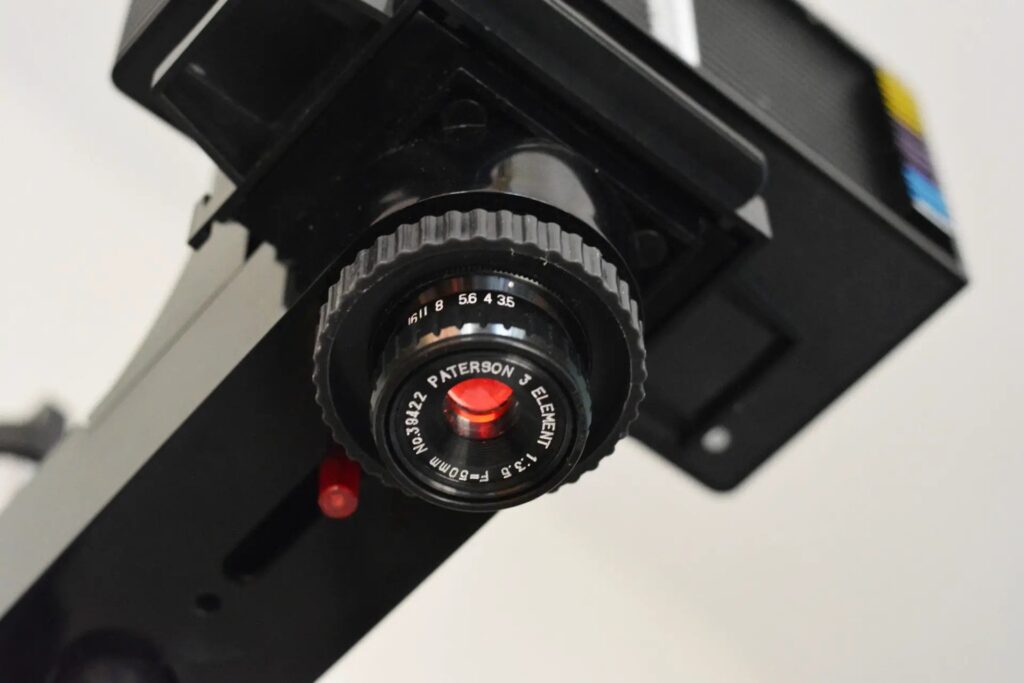
Comments
Jim on Village walks and Life in The Rural Punjab – With a Konica Minolta Dynax Maxxum 7D
Comment posted: 24/06/2025
Comment posted: 24/06/2025
Marcus Gunaratnam on Village walks and Life in The Rural Punjab – With a Konica Minolta Dynax Maxxum 7D
Comment posted: 24/06/2025
Comment posted: 24/06/2025
Gary Smith on Village walks and Life in The Rural Punjab – With a Konica Minolta Dynax Maxxum 7D
Comment posted: 24/06/2025
Comment posted: 24/06/2025
John Furlong on Village walks and Life in The Rural Punjab – With a Konica Minolta Dynax Maxxum 7D
Comment posted: 25/06/2025
Comment posted: 25/06/2025
Rich on Village walks and Life in The Rural Punjab – With a Konica Minolta Dynax Maxxum 7D
Comment posted: 25/06/2025
Thank you very much!!
Comment posted: 25/06/2025
Comment posted: 25/06/2025
Comment posted: 25/06/2025
Geoff Chaplin on Village walks and Life in The Rural Punjab – With a Konica Minolta Dynax Maxxum 7D
Comment posted: 26/06/2025
Comment posted: 26/06/2025
Jeffery Luhn on Village walks and Life in The Rural Punjab – With a Konica Minolta Dynax Maxxum 7D
Comment posted: 29/06/2025
That was my favorite amongst all your postings. Really good writing and wonderful photos! It gave me a look and feel of what the place is like. I've read a bit about the Punjab area and the mountainous regions farther north. I thought I'd visit one day, but I'm too old now to be able to walk and hike up there, and that's what is needed to get the full experience. Thanks for sharing!! Jeffery
Comment posted: 29/06/2025
David Pauley on Village walks and Life in The Rural Punjab – With a Konica Minolta Dynax Maxxum 7D
Comment posted: 06/07/2025
I bookmarked this to read when I had a free minute, and boy am I glad I did so! Your photos as always are gorgeous -- especially love "Red Cloak on a Rooftop" -- but I also loved the sense of being invited into a world that I have heard and read about but never visited. When we visit my husband's family in India we are almost always in big cities, with rural locations glimpsed mostly from vehicles of one sort or another. (Which, come to think of it, is quite different from our approach to European countries). Your article makes me want to linger "one of these days" in a not too overwhelmingly hot corner of the subcontinent, under the proverbial Banyan tree...
Thanks for sharing this excellent piece.
Comment posted: 06/07/2025
Geoff on Village walks and Life in The Rural Punjab – With a Konica Minolta Dynax Maxxum 7D
Comment posted: 18/08/2025